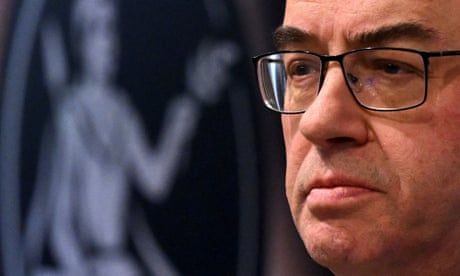
Labour should ask the Bank of England if it can do more to boost growth
Recent days of market turmoil have elicited some extraordinary responses. The fact that investors are demanding higher rates to lend to the UK government apparently puts this Labour government in the same position as Liz Truss in 2022, according to some Labour MPs, or as Denis Healey facing the International Monetary Fund in 1976. Others dub the UK’s current position as stagflation, a term redolent of the 1970s, with their stagnant economy and runaway inflation.
The problem with these comparisons is that the latest raft of key economic figures do not bear them out – not quite. The first bit about the stagnant economy is broadly correct: over the three months to November, GDP did not rise at all. But inflation isn’t running away. Indeed, at 2.5%, it’s just above the Bank of England’s target and, crucially, price pressures, both in the service sector and stripping out food and energy, have abated. Seen against these numbers, Sir Keir Starmer isn’t facing an acute domestic crisis. Instead, the UK economy just looks chronically weak.
Since the banking crash of 2008 and its long, austere aftermath, the UK economy has enjoyed tepid growth at best. After the pandemic, inflation surged around the world. Prices remain high, fuelling discontent against many governments and helping to usher in Donald Trump. But they are no longer rising at the same rate.
Continue reading...